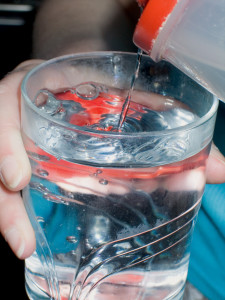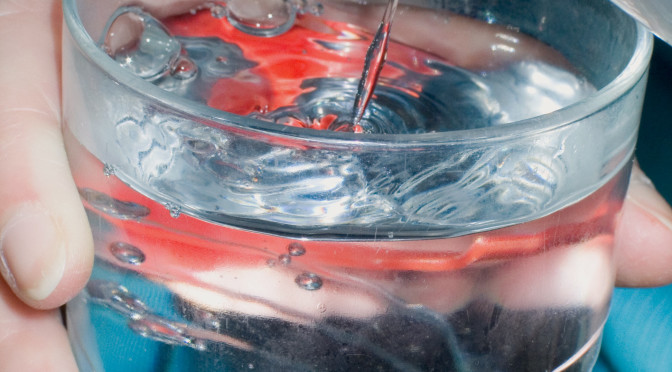 UV disinfection is the most common method used in residential rainwater collection systems.
UV disinfection is the most common method used in residential rainwater collection systems.
UV light is generated by supplying voltage across a mixture of gas, causing a discharge of photons, disrupting the DNA of microorganisms which prevents them from reproducing. If the microorganism cannot replicate, it cannot infect, so viruses, bacteria, Cryptosporidium and Giardia cyst threats are effectively reduced.
A residential UV system typically consists of a power supply (ballast), a UV lamp housed in a Quartz sleeve inside a stainless steel chamber. The flow is directed close to the UV light while passing through the chamber. Effects of turbidity or clarity of the water before entering the chamber must be reduced by proper filtration upstream. Sediment and carbon filtration is used to reduce solids and solution contaminants, which can reduce the effects of UV disinfection. Filtration and UV bulb most be routinely changed in order for all to work effectively. It is recommended to follow manufacturer’s instructions closely, and filters should be changed out as needed.
Some UV systems offer an alarm or sensor with solenoid shut down if the UV system is not working properly. A class “A” UV is the only system considered to purify water that has NOT been deemed “safe to drink”, therefore caution is recommended in the use of a class “B” filter which maybe more tempting to use because of price. The difference between the two is the dosage of the UV light; the lower dose is not as effective in disinfecting. If a more advanced filtration system is used prior to disinfection, you can increase the effectiveness of the class “B”, but caution must be taken for proper results.
UV disinfection provides a relatively low cost, dependable, efficient, chemical free method of water purification that the homeowner can operate to disinfect his or her water supply.
With proper design, installation, and maintenance, clean, safe, and dependable potable water can be achieved from UV disinfection and rainwater collection.

